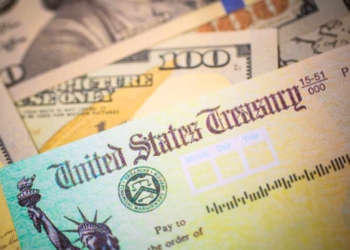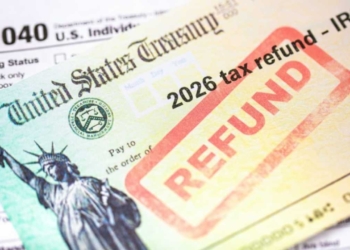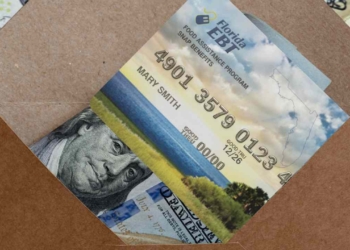Only part of American recipients have collected their money from the Social Security Disability Insurance (SSDI) or retirement benefit programs. Although SSI recipients got their January payment on December 31, 2024, the Agency has scheduled a monthly payment on January 31, 2025.
The reason why there is an SSI payment on the last day in January is simple. Social Security cannot issue payments on the weekend or on Federal holidays. Therefore, SSA has had to schedule the payment in advance. February 1 is Saturday. Thus, the previous business day is on Friday, Jan. 31.
SSI payments will be the last check or deposit in January
Since the SSI recipients will be the group of beneficiaries who will receive the last payment this month, it is time to check who gets their cash before that date. Actually, the following Social Security payment will take place on January 15, 2025.
This payday could be either for retirees or for SSDI recipients as long as they were born from the 11th to the 20th. What is more, this will not be your payday if you are on both SSI and Social Security.
Besides, it is only for those who began receiving retirement or SSDI payments after May 1997. After January 15, there will be another payday for beneficiaries of the SSDI and retirement programs. To get it, your birthday must fall from the 21st to the 31st.
Payment amounts for SSI, SSDI, and retirement benefits
The amount of your monthly payment will depend on several factors. For example, if you get no reductions and you are on SSI benefits you could get:
- up to $967 if you are an individual
- up to $1,450 if you are an eligible married couple
- up to $484 if you are an essential person
- $698 on average (all recipients)
The SSDI program can pay up to $4,018, but this amount is unlikely since you must have been a high earner for over 3 decades. Thus, an average payment of about $1,580 is more common. Retirees can get $1,976 on average. Nevertheless, if the worker was a high earner for 35 years in jobs covered by SSA and filed at 70, the payment could be up to $5,108.
How does the payment schedule differ for those who are on both SSI and SSDI?
When a person gets both SSI and SSDI, it’s called “concurrent benefits.” The payment dates for these follow a special schedule. Here’s how it typically works:
SSI Payment Date
- SSI benefits are almost always paid on the 1st of the month.
- If the 1st of the month is a weekend or federal holiday, then the payment will be deposited on the last are 2nd, business normally 3rd, day on or before a 4th the staggered Wednesday.
SSDI Payment Date
- SSDI payments are normally on a staggered schedule. They are on the 2nd, 3rd, or 4th Wednesday based on your birthdate.
- If you also receive SSI, the SSDI portion is paid on the 3rd of each month, unless it’s a weekend or holiday. In that case, you usually receive it on the prior business day.
So, if you have both SSI and SSDI, expect SSI on or around the 1st and SSDI on or around the 3rd of each month. This is instead of the typical Wednesday schedule.
Important: Individual circumstances may vary, and payment dates can shift around federal holidays. To confirm your payment dates or any changes, contact the SSA or check your My Social Security account.







